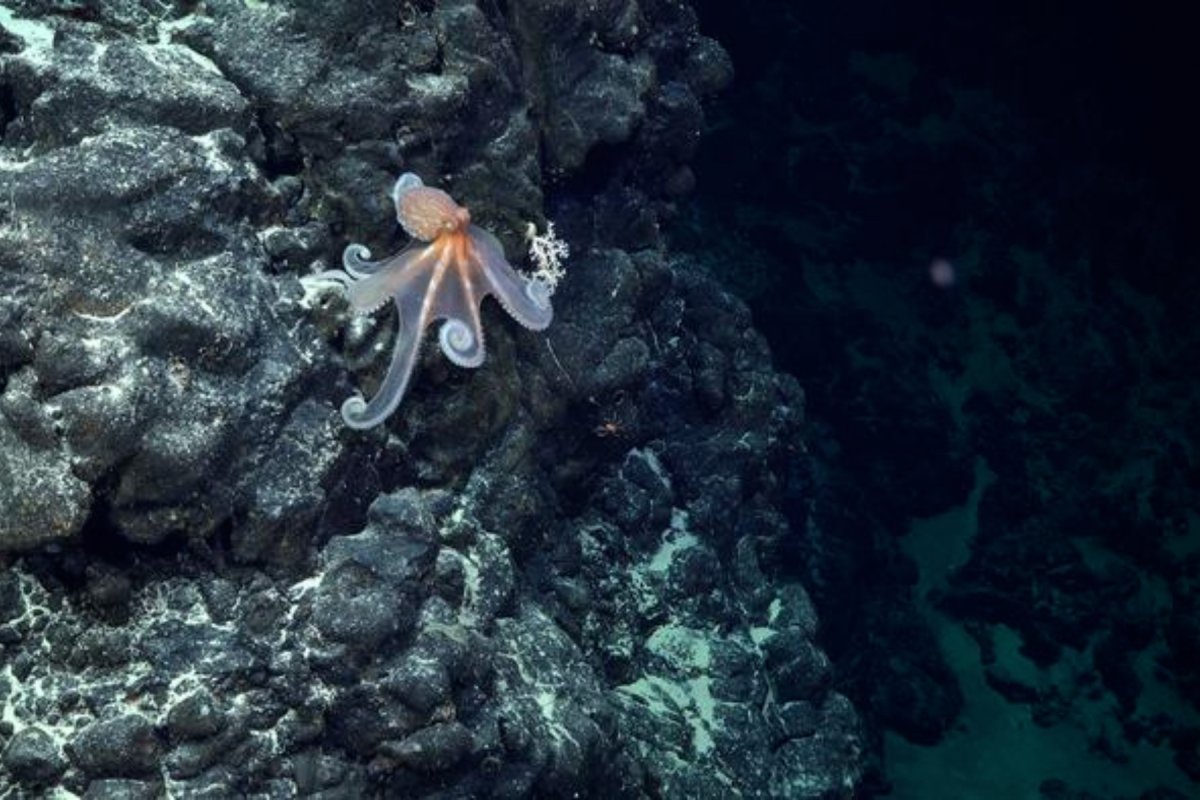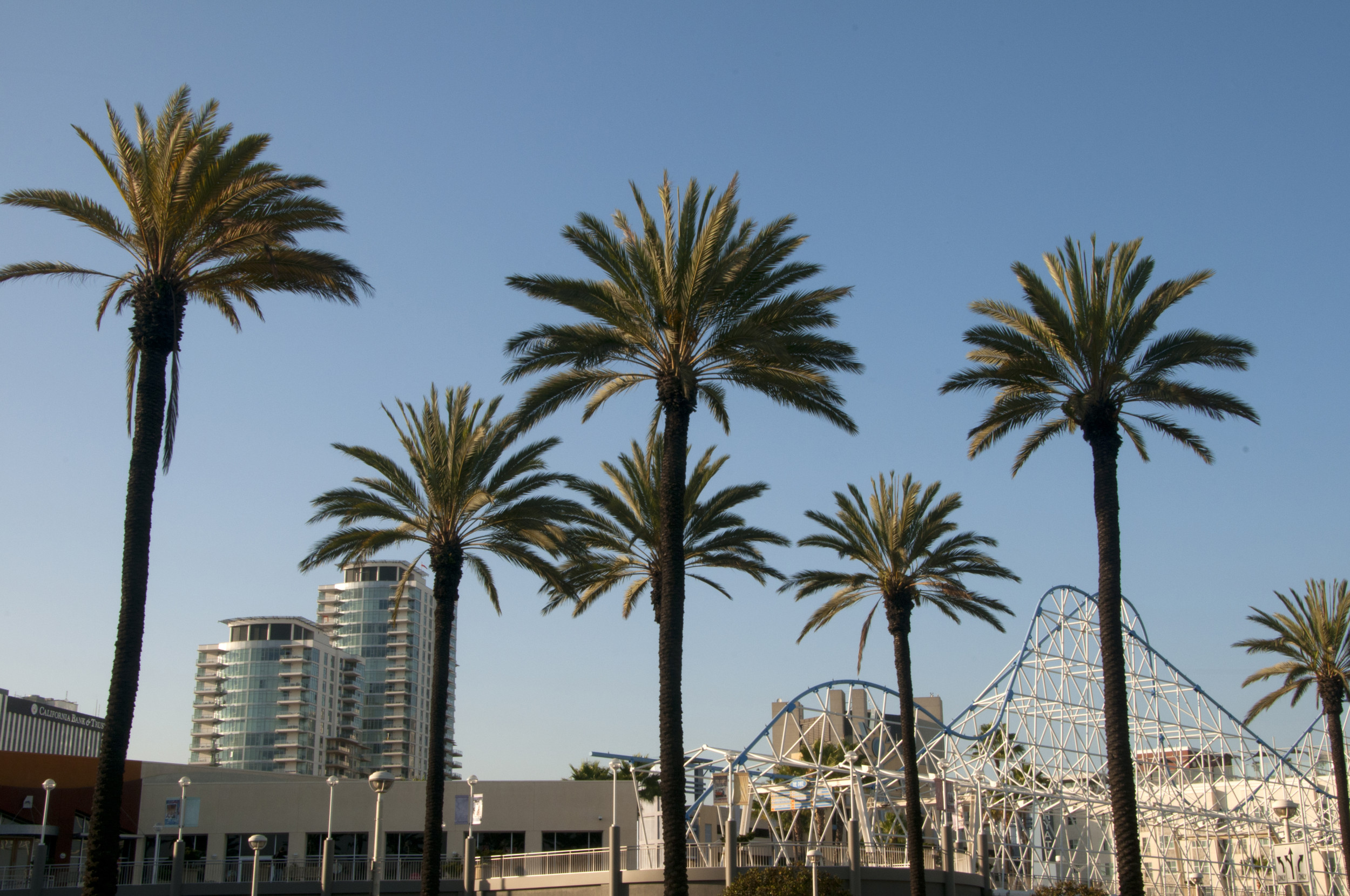Over 50 brand-new species have been discovered lurking on an ocean ridge in the Pacific.
These new species were discovered alongside over 100 other species of crabs, corals, sea urchins, squid, fish, corals, mollusks, sea stars, glass sponges and squat lobsters that were previously known to science but were not thought to live in this region of the ocean.
One of the species found was a wrinkle coral, which set a new record for the deepest-ever photosynthesis-dependent animal in the world.
This discovery was made by an international team of scientists on a Schmidt Ocean Institute expedition on the Salas y Gómez Ridge, an 1800-mile-long chain of underwater mountains stretching between Easter Island—also known as Rapa Nui—and Chile.

This ridge is home to one of Earth's most distinct and biodiverse marine areas, boasting a very high rate of unique species, crucial living spaces for bottom-dwelling creatures, vital pathways for migrating species (including whales, sea turtles, swordfish and sharks), and over 80 species at risk of extinction. Now, over 160 species join its ranks.
"The main results of this campaign are that we have found between 50 and 60 potentially new species at first sight, a number that is likely to increase as we have many samples to work on in the laboratory," Ariadna Mechó, a researcher in the Climate Variability and Change Barcelona Supercomputing Center - Centro Nacional de Supercomputación (BSC-CNS), who was part of the expedition, said in a statement.
"We also found one of the deepest mesophotic corals in the world, extending the distribution of this Polynesian fauna by several hundred kilometers. And at depth, we have found fields of sponges and corals, habitats that are considered vulnerable and in need of protection."
The expedition, led by researchers Erin E. Easton of the University of Texas Rio Grande Valley and Javier Sellanes of the Universidad Católica del Norte, ran between February 24 and April 4. It examined many of the 110 seamounts that make up the Salas y Gómez Ridge, mapping over 30,000 square miles of seafloor, including six seamounts that had not yet been documented.
"The astonishing habitats and animal communities that we have unveiled during these two expeditions constitute a dramatic example of how little we know about this remote area," Sellanes said in a statement. "These expeditions will help alert decision-makers about the ecological importance of the areas and contribute to strengthening protection strategies within and beyond jurisdictional waters."
This expedition's discoveries come only a few months after another expedition along the Nazca and Juan Fernandez Ridges uncovered over 100 suspected new species. These two expeditions show that this region of the ocean is bursting with biodiversity, and therefore requires protection.
"The observation of distinct ecosystems on individual seamounts highlights the importance of protecting the entire ridge, not just a few seamounts," Easton said in the statement. "We hope the data collected from this expedition will help establish new marine protected areas, including on the high seas on the Salas y Gómez Ridge."
The Salas y Gómez Ridge is being considered as a candidate for a high seas marine protected area following the ratification of the United Nations High Seas Treaty. Although numerous countries, such as the United States, have signed the treaty, only Chile and Palau have completed ratification. The treaty suggests that once 60 countries ratify it, nations will be able to set up marine protected areas in international waters, provided they have adequate scientific evidence.

Four Rapa Nui community members, including a member of the Rapa Nui Sea Council, were involved in the expedition. The council serves as a co-administrator for Chile's most distant territorial seas and the marine protected area around Rapa Nui, and would help manage the Salas y Gómez high seas marine protected area if it is established.
"The importance of participating in an oceanographic scientific expedition for Rapa Nui lies in the opportunity to know and better understand the marine environment surrounding the island," Marcela Heys, an observer and Rapa Nui Sea council member, said. "Natural resources, unknown marine species, and climate phenomena that directly affect the community can be discovered through research and exploration."
Do you have a tip on a science story that Newsweek should be covering? Do you have a question about marine biology? Let us know via science@newsweek.com.
Uncommon Knowledge
Newsweek is committed to challenging conventional wisdom and finding connections in the search for common ground.
Newsweek is committed to challenging conventional wisdom and finding connections in the search for common ground.
About the writer
Jess Thomson is a Newsweek Science Reporter based in London UK. Her focus is reporting on science, technology and healthcare. ... Read more
To read how Newsweek uses AI as a newsroom tool, Click here.








